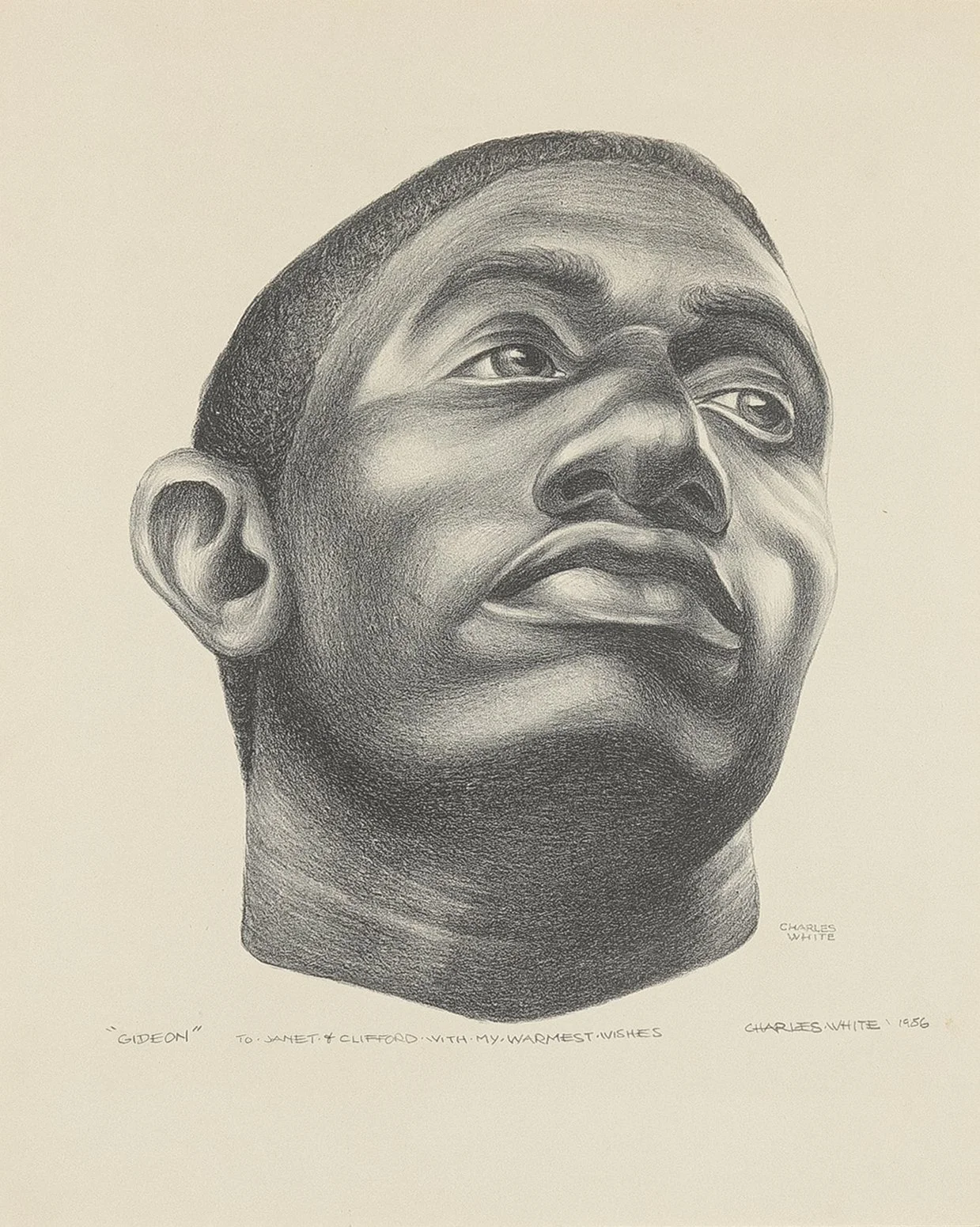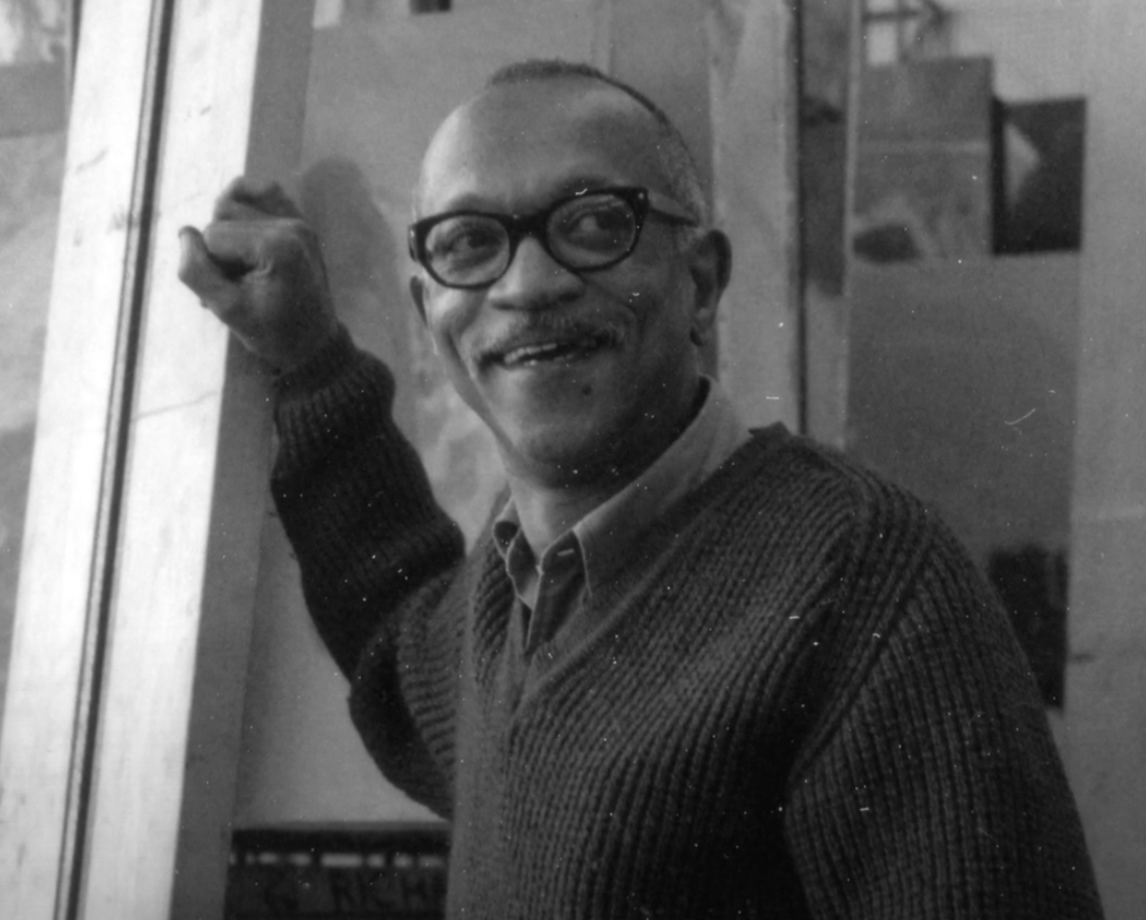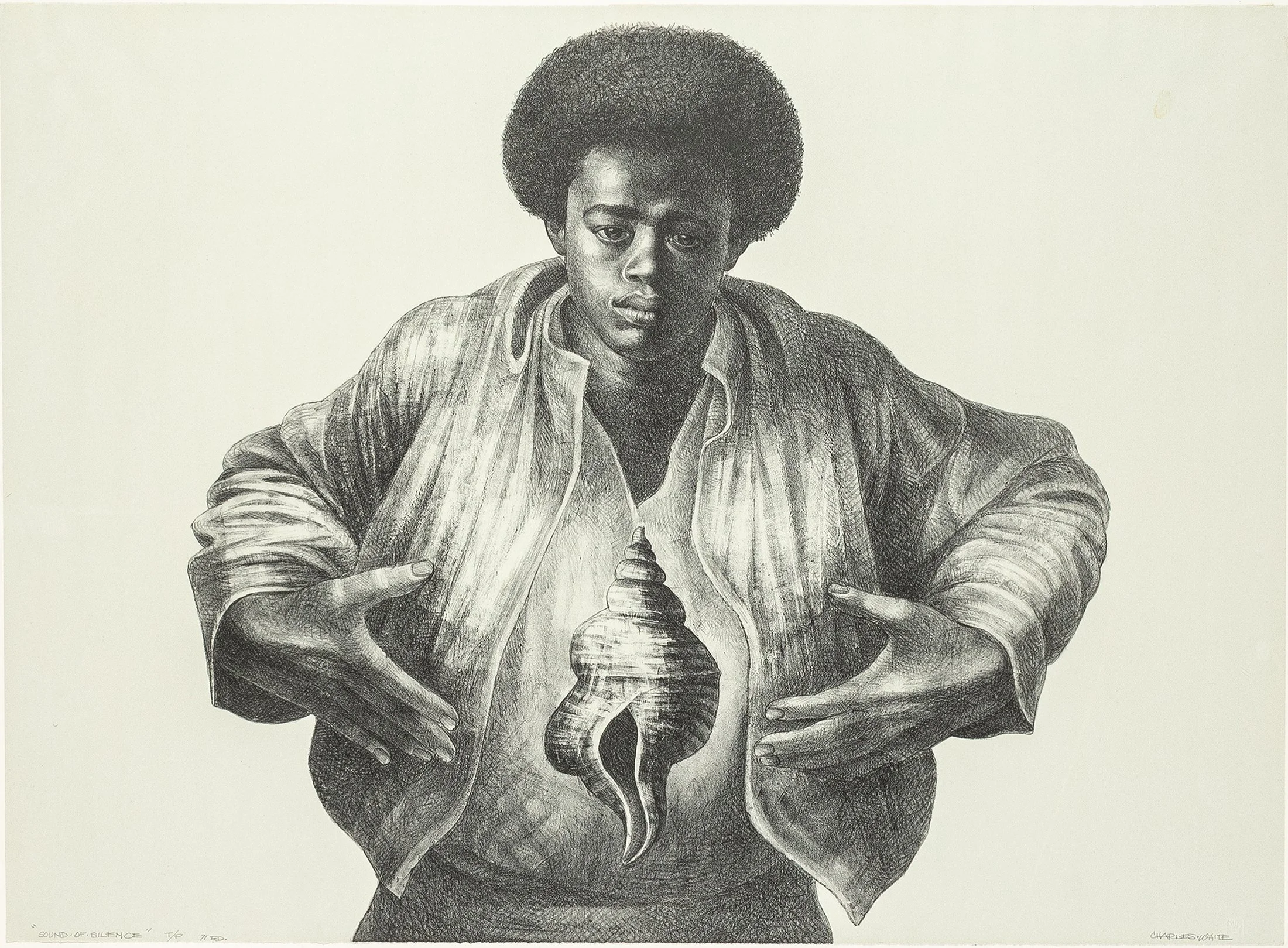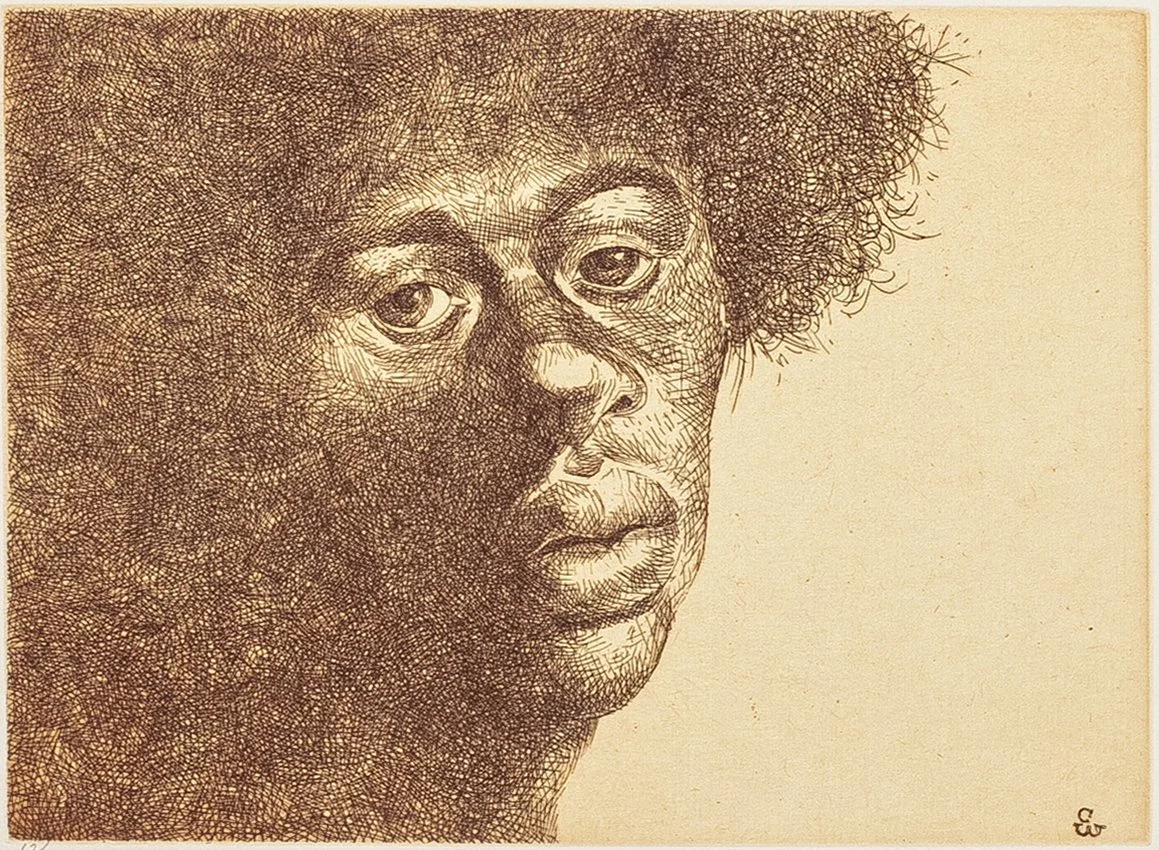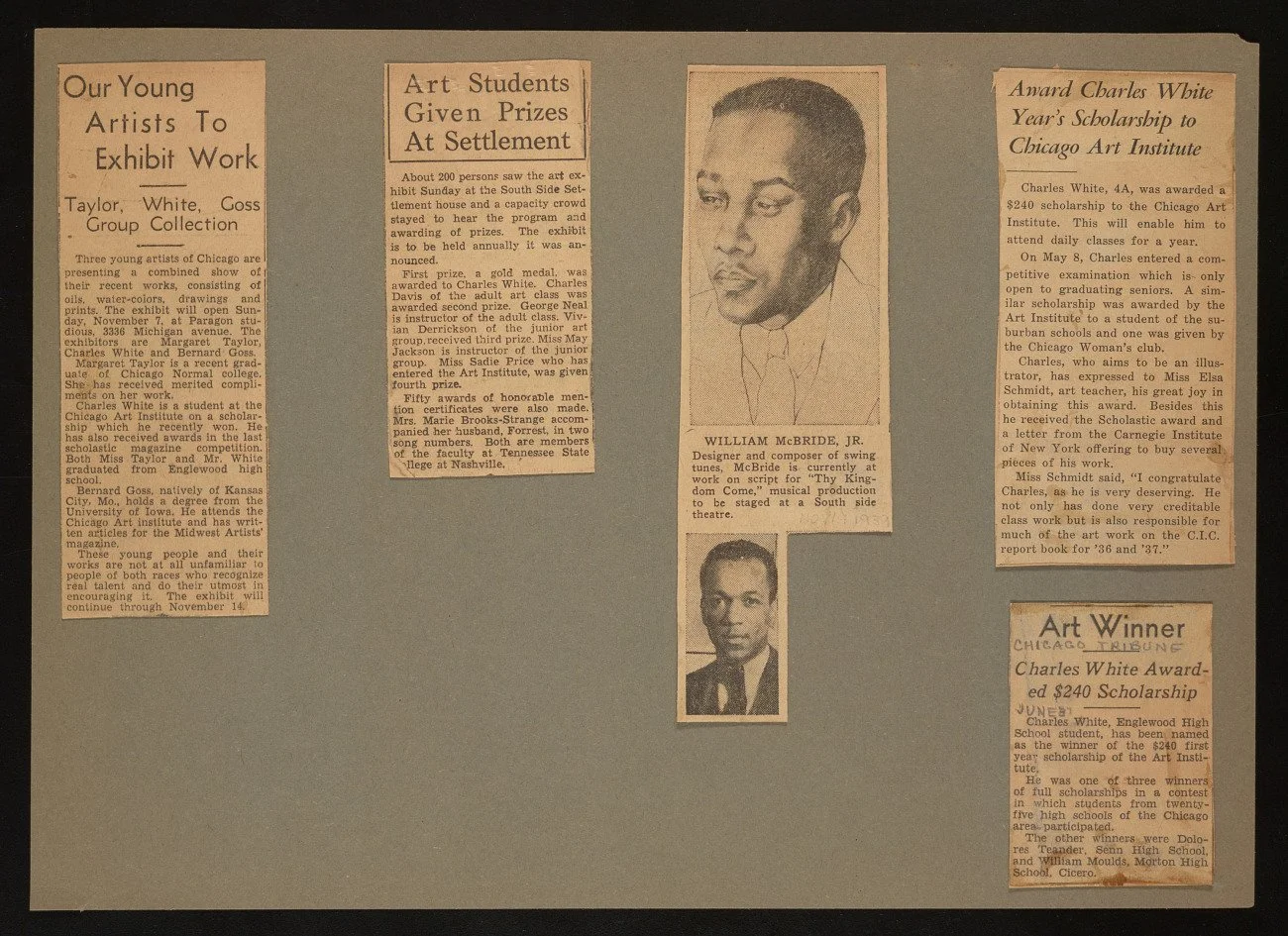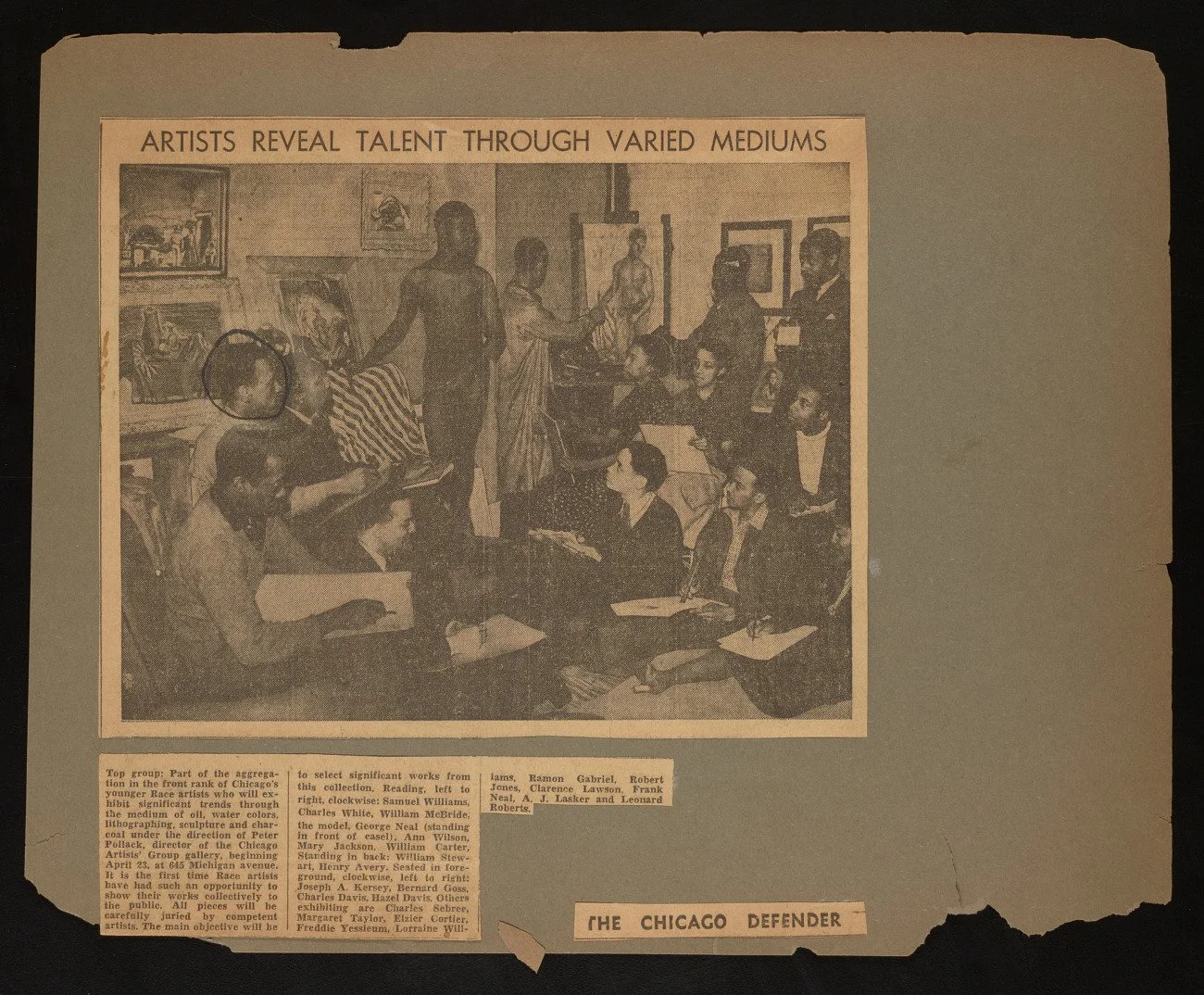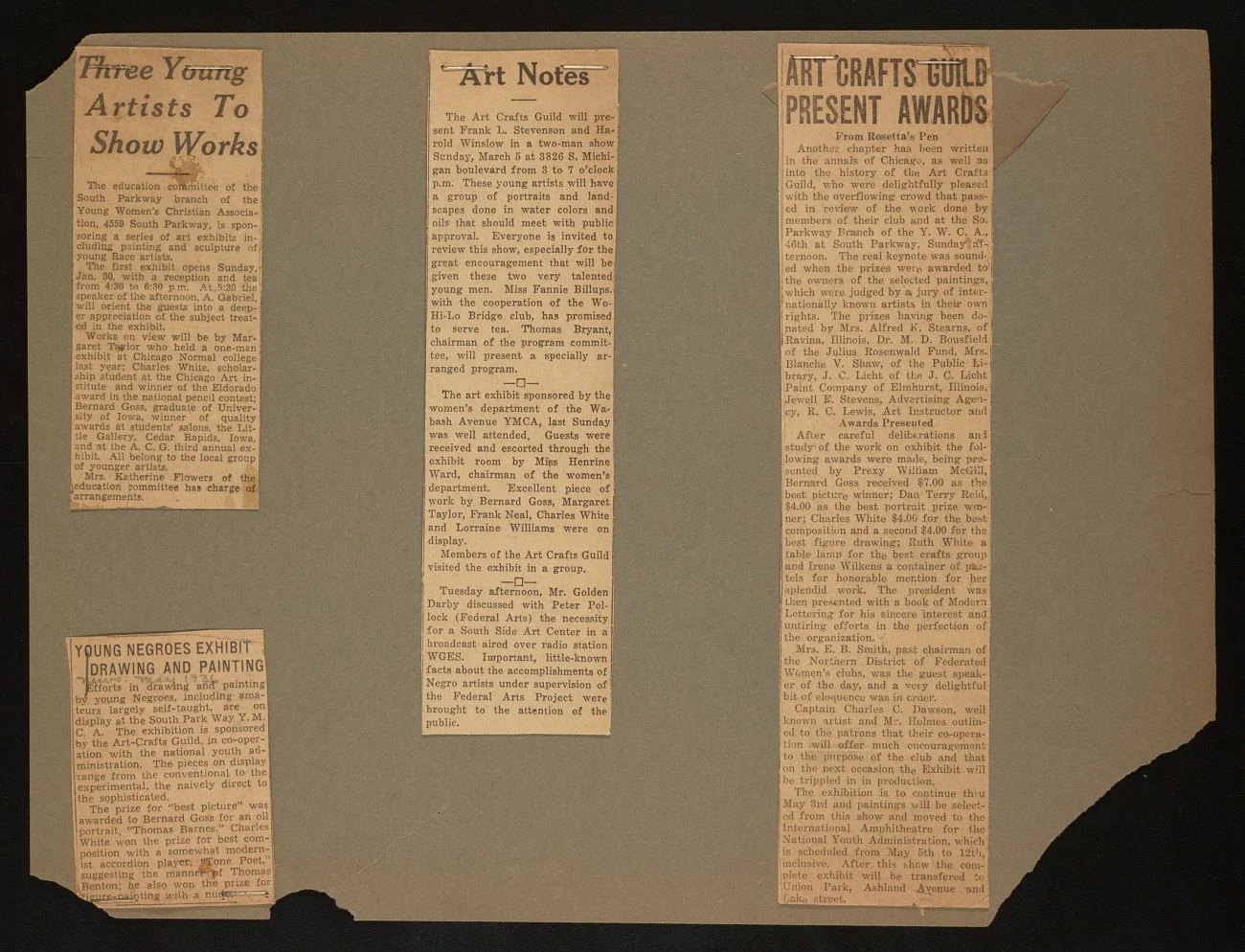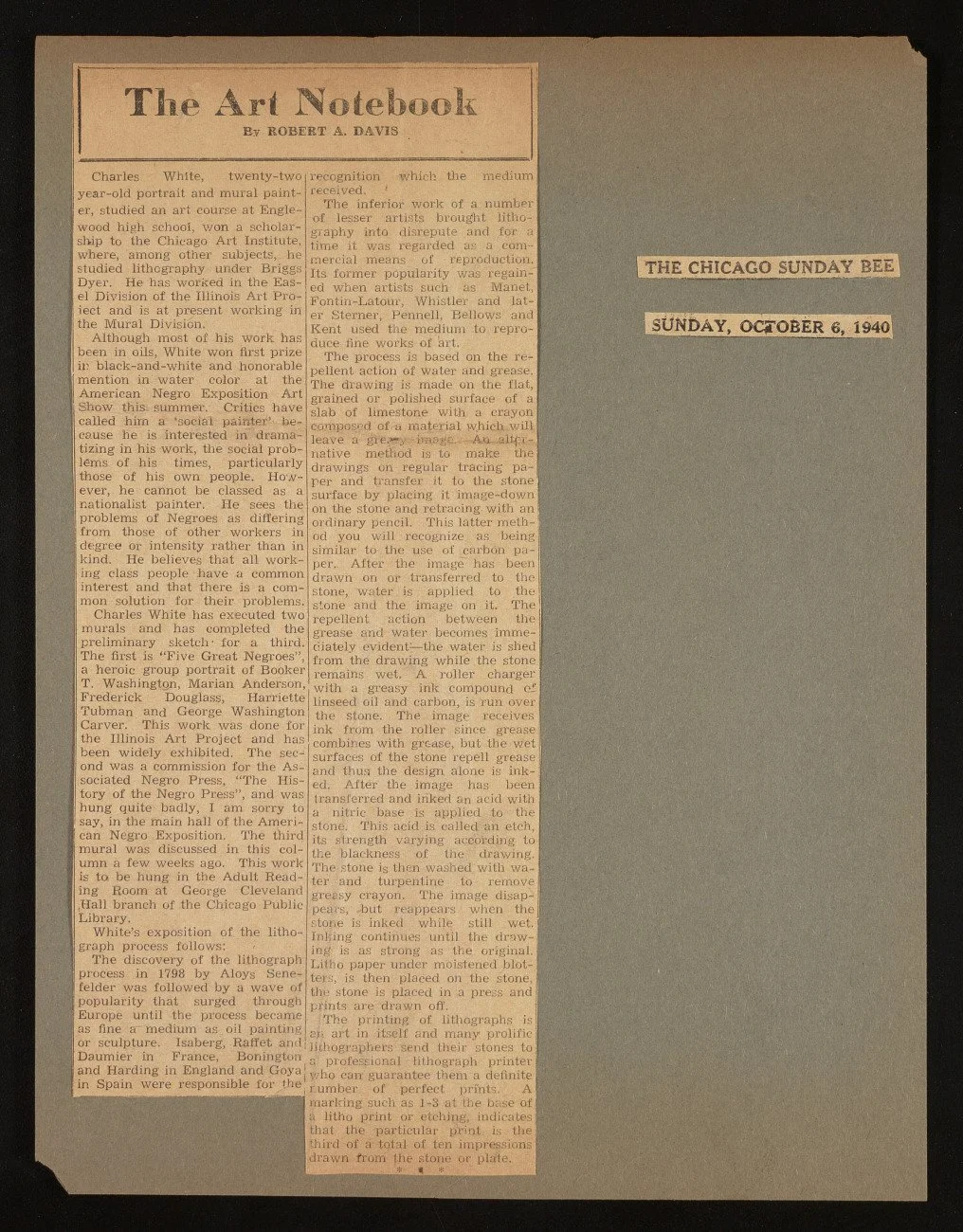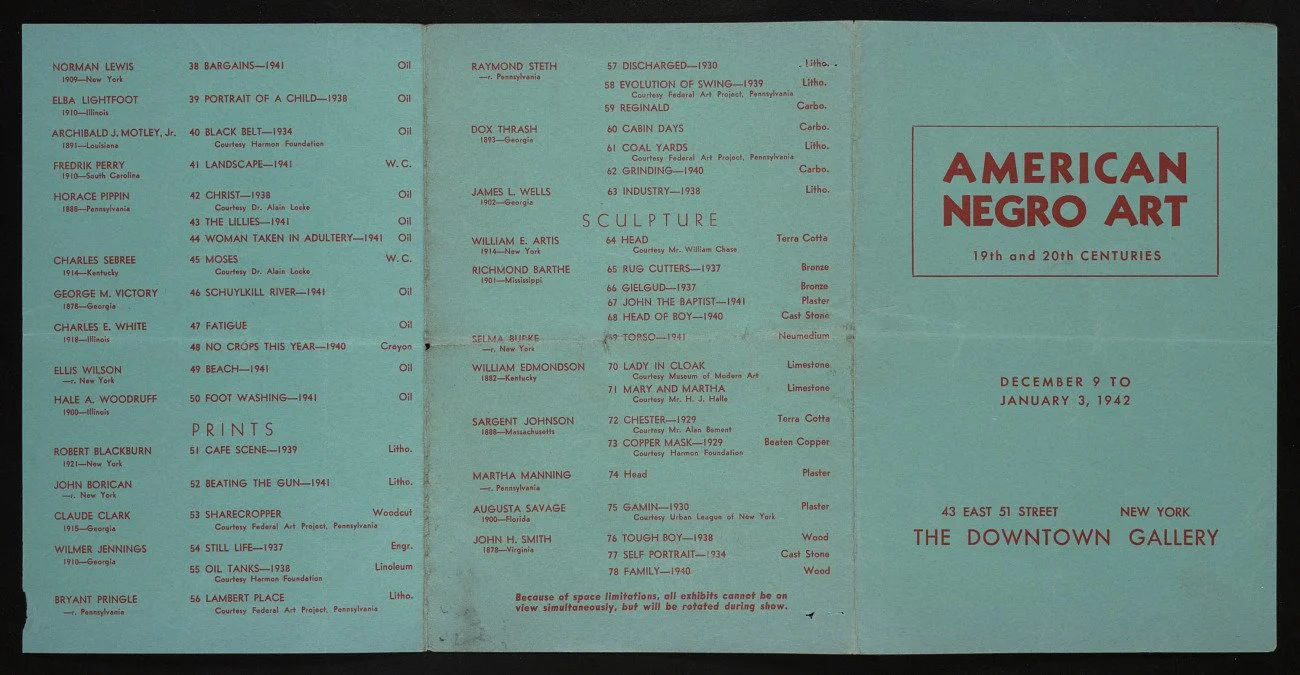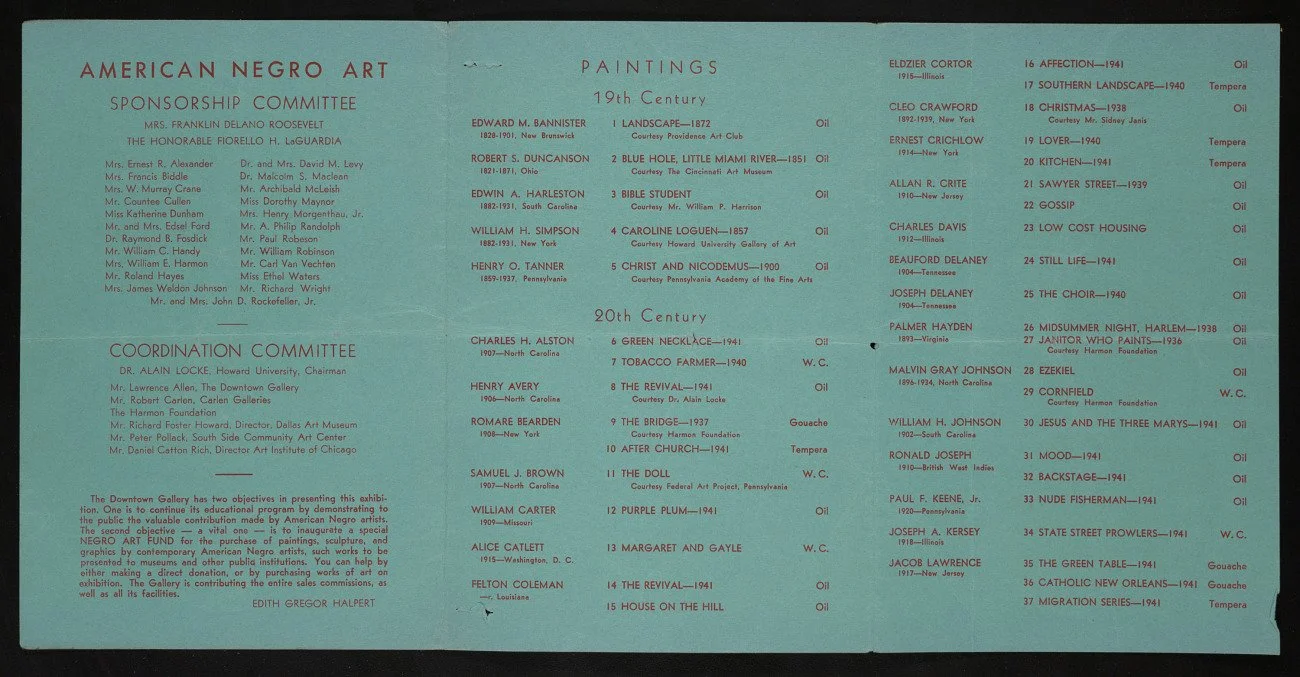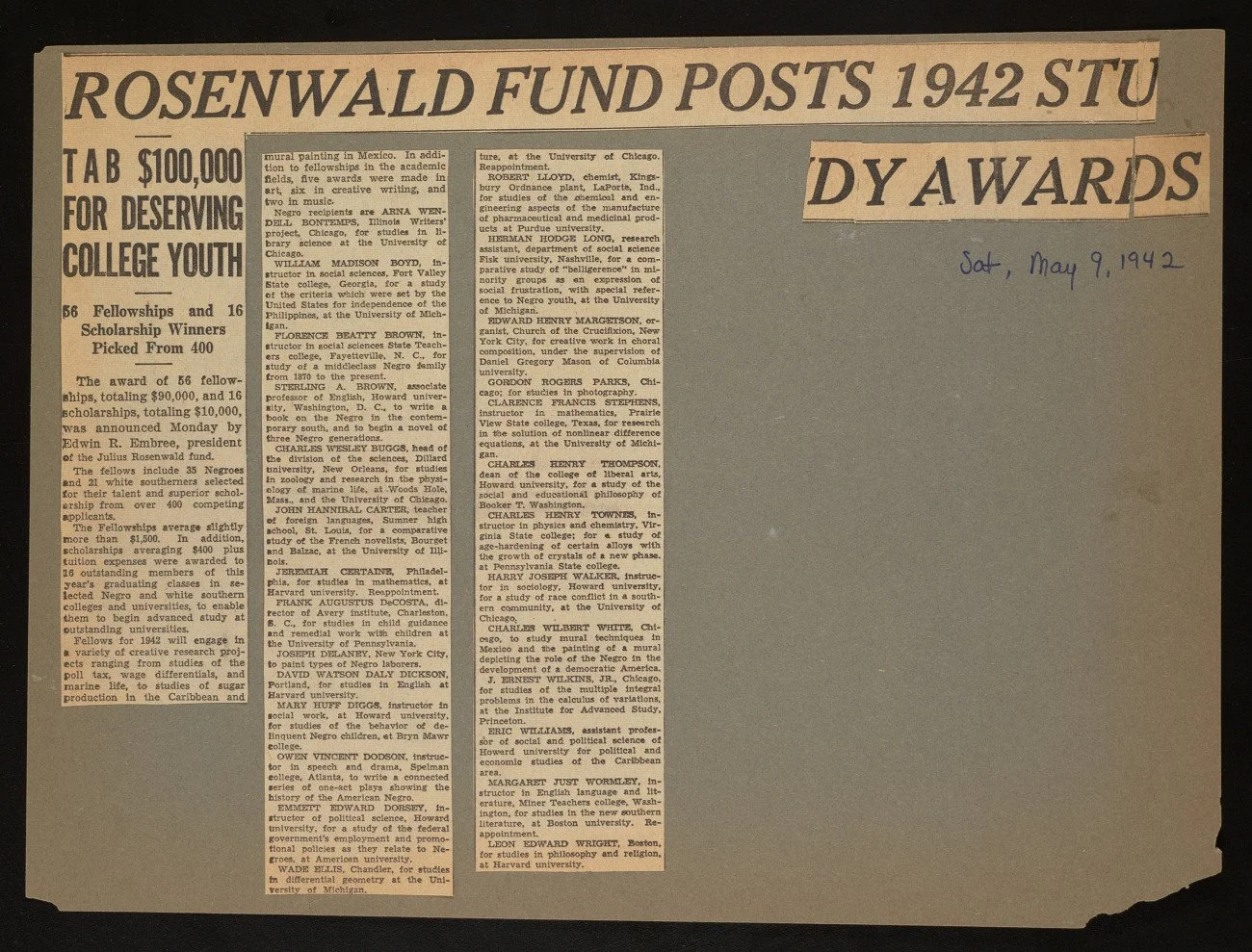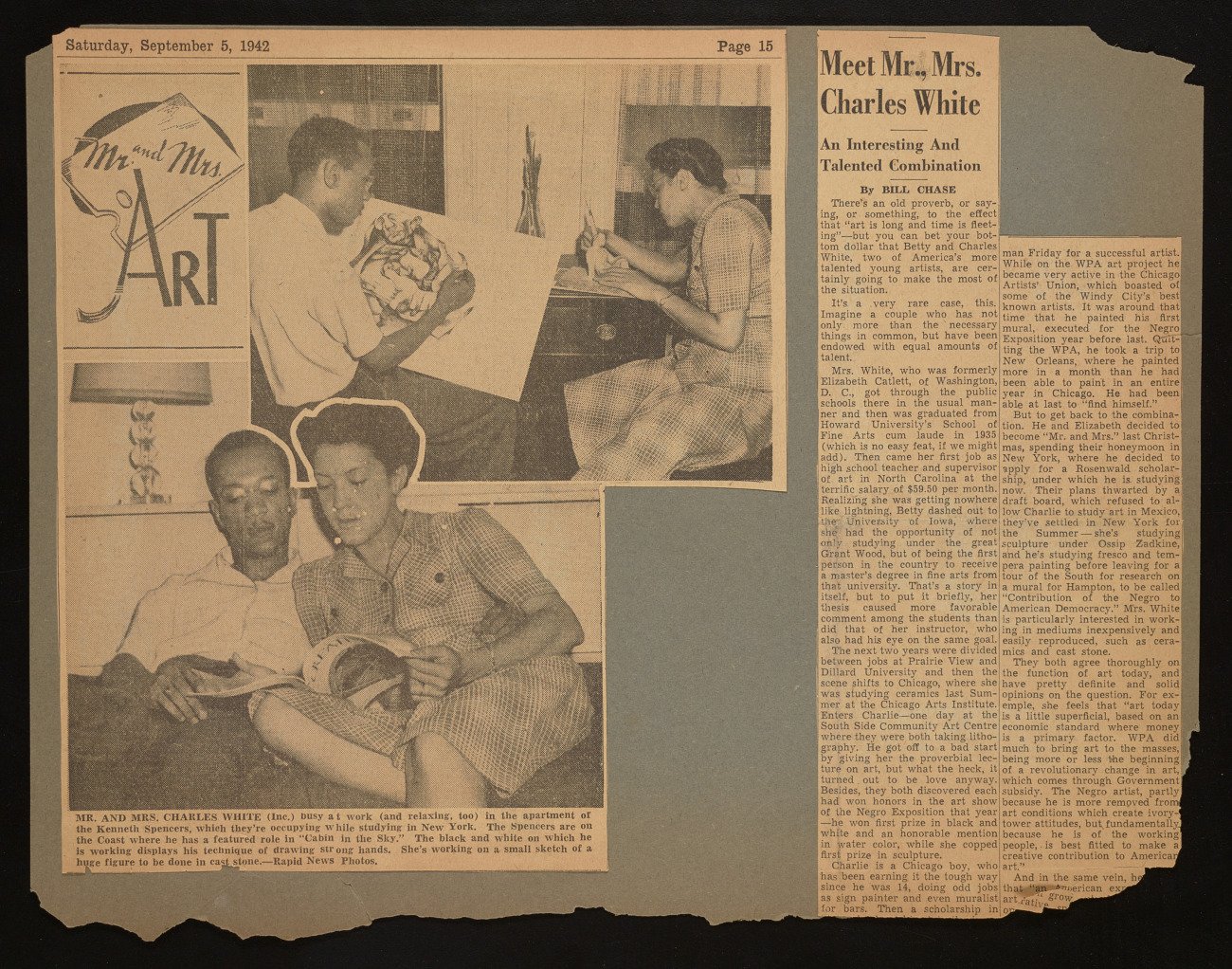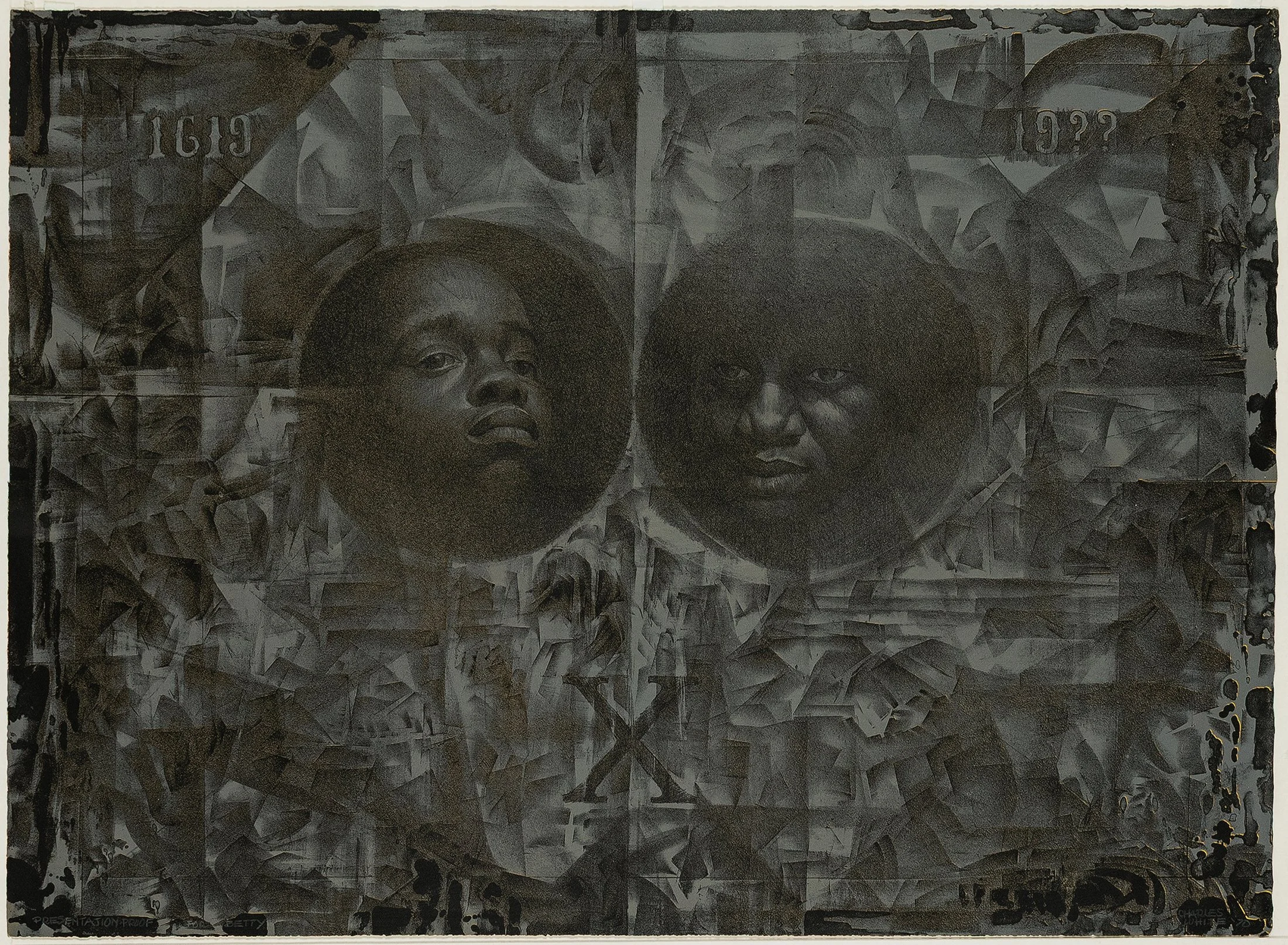
Charles
White
(1918-1979)
He used drawings, linocuts, and woodcuts to celebrate the historical figures who resisted slavery, as well as ordinary African Americans struggling amid great social injustice in a post-slavery America. White showed his work at the progressive ACA Gallery and was a prominent member of African American and leftist artist communities.
In 1956, he relocated to Los Angeles, where his career flourished as he embraced drawing and printmaking more fully, pushing the boundaries of his media while continuing to engage with civil rights and equality. He joined the faculty of the Otis Art Institute in 1965 as its first Black professor. His Otis classroom produced future luminaries, including David Hammons, Kerry James Marshall, Alonzo Davis, Ulysses Jenkins, and others. Today the original Otis campus operates as LACMA’s Charles White Elementary School, a testament to his regional legacy. When the exhibition, Charles White: A Retrospective, originating at the Art Institute of Chicago in 2018, traveled to the Los Angeles County Museum of Art (2019), it was paired with Life Model: Charles White and His Students, staged at the Charles White Elementary campus.
Other recent shows have included Charles White: A Little Higher, which brought nearly 50 drawings, prints, and paintings, highlighting late masterworks from the J’Accuse era, to the Cincinnati Art Museum (2023-2024). Robert Carter and Charles White in Dialogue (ACA Galleries, New York, Feb–Apr 2025) placed his socially engaged portraiture in conversation with a peer’s practice.
Charles White’s legacy includes charcoal and oil-wash works of imposing scale; impeccably printed lithographs (including Gemini G.E.L.collaborations); and drawings of technical mastery and sensitive representation which continue to accrue value for collectors. In 2019, his charcoal drawing, Ye Shall Inherit the Earth, fetched the record price at Sotheby’s NY of $1,760,000.
As a child, Charles White, preferred to retreat into a world of reading and drawing. Gradually he became more outspoken, influenced by Alain Locke’s The New Negro. When he became a student at Englewood High School, alongside other future notables such as Margaret Burroughs, Eldzier Cortor, and Charles Sebree, he often clashed with his teachers over their whitewashing of historical subjects. He joined George Neal’s Art Crafts Guild and gathered at the studio of Morris Topchevsky, where he was able to further explore his views of art, politics, and the role of the African American in society.
White graduated high school in 1937 and went on to study at the School of the Art Institute of Chicago. He was subsequently hired by the Illinois Art Project in the easel division, but transferred to the mural division, where he worked with Edward Millman and Mitchell Siporin. His first major mural, Five Great American Negroes, was completed in 1940. His work was also exhibited at the American Negro Exposition, winning several awards.
White married Elizabeth Catlett in 1941 after meeting her at the South Side Community Art Center, and the pair moved to New Orleans where they both taught at Dillard University. Two consecutive Rosenwald scholarships allowed him to study lithography at the Art Student’s League of New York with Harry Sternberg, as well as travel the Southern United States. He used this opportunity to observe and paint black farmers and laborers for his mural, The Contribution of the Negro to the Democracy of America.
Catlett and White relocated to Mexico where they both became involved with the Taller Grafica de Popular. After their divorce, White returned to New York City. His work retained a figurative style which stood in stark contrast to the burgeoning abstract movement occurring at the time.
Gideon
1956
lithograph
20 x 15 inches
signed and dedicated: To Janet and Clifford with My Warmest Wishes
dated and titled. edition of 50.
Printed by the Robert Blackburn Printmaking Workshop, New York.
Gedeon Ea10
Additional Information;
Charles W. White papers, 1933-1987, bulk 1960s-1970s. Archives of American Art, Smithsonian Institution.
